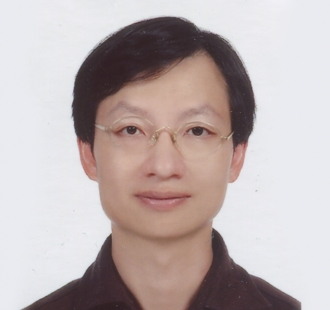
現職
林口長庚醫院麻醉部部主任
長庚大學醫學系教授
台灣麻醉醫學會理事
Asian Journal of Anesthesiology 副主編
國際休克期刊(SHOCK) 編輯委員
個人經歷
University of Alabama at Birmingham研究員
國際Current Drug Metabolism期刊編輯委員
台灣麻醉醫學會 學術教育委員會主任委員
奈米醫學在未來麻醉可能的應用
奈米醫學是奈米科技的醫學應用。奈米微粒的特殊奈米物化特性與在生物醫學運用的潛力獲得廣大奈米醫學研究者的興趣與投入。奈米載體極具有潛力在生醫臨床各領域中運用,如:藥物傳遞,生物感測,以及分子影像等。不過,奈米載體在麻醉醫學領域可能扮演的角色,至今依然未詳細探討。因此這個講題的目的將探討奈米載體於麻醉醫學領域的可能應用以及扮演的角色。
Future Application in Anesthesia: Role of Nanomedicine
Nanomedicine is the medical application of nanotechnology. Nanomedicine ranges from the medical applications of nanomaterials and biological devices to nanoelectronic biosensors. Different types of injectable nanoparticles, including metallic nanoparticles, polymeric nanocarriers, dendrimers, liposomes, niosomes, and lipid nanoparticles, have been employed to load drugs for organ delivery. Nanoparticles used for organ delivery offer some benefits over conventional formulations, including increased solubility, enhanced stability, improved epithelium permeability and bioavailability, prolonged half-life, tumor targeting, and minimal side effects. In recent years, the concept of using injectable nanocarriers as vehicles for drug delivery has attracted increasing attention. However, the roles of nanocarriers on anesthesia have not yet been explored thoroughly. This topic highlights recent developments using nanomedical approaches for drug targeting to the organs. We principally focus on the nanomedical application in anesthesia.